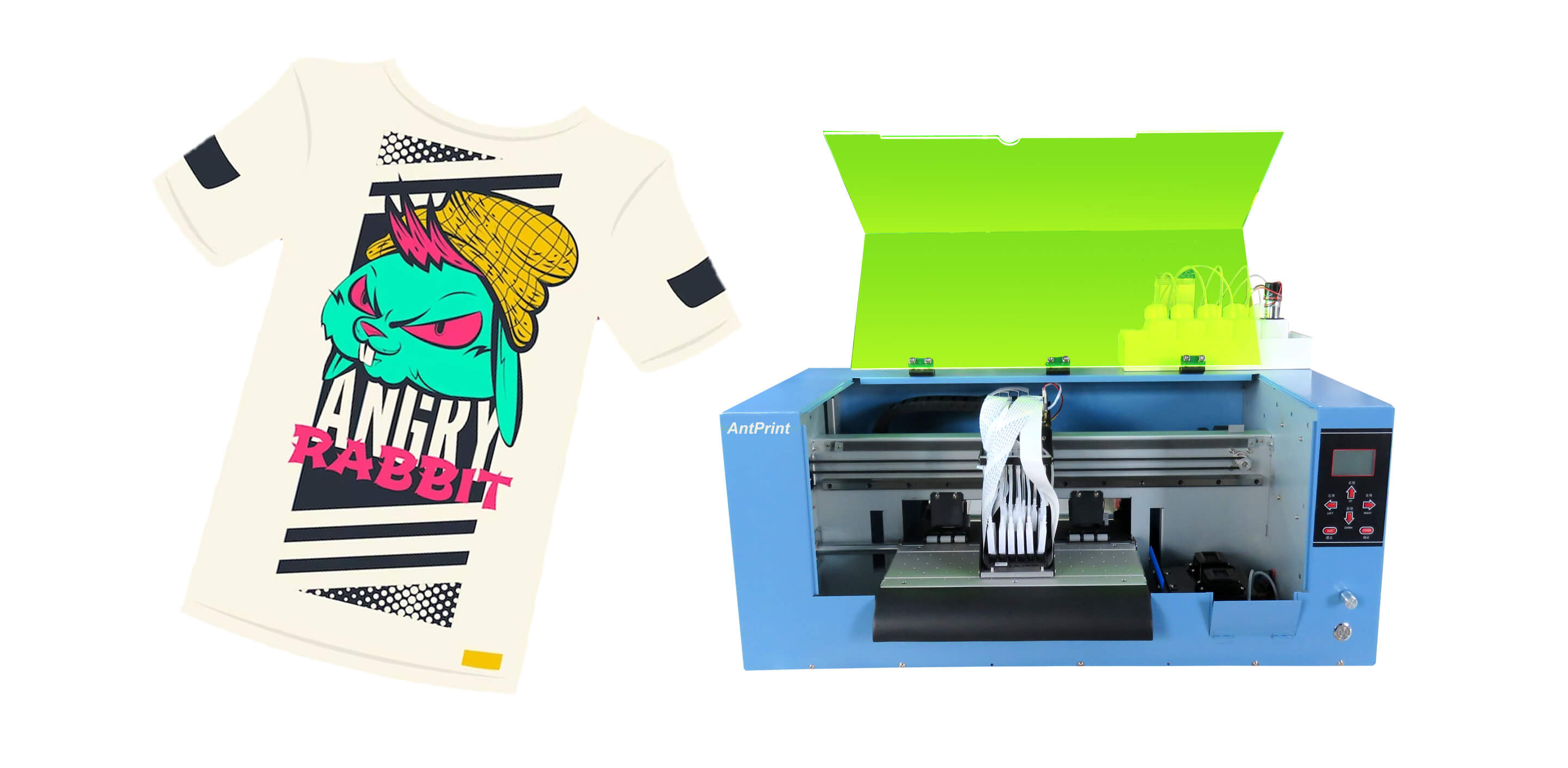Compare different platforms to find the best print on demand option for you.
Compare different platforms to find the best print on demand option for you.
Blog Article
Comprehending How Digital Printing Changes the Printing Market
The printing market, long steeped in standard approaches, is undergoing an extreme improvement with the arrival of electronic printing. This ingenious modern technology, which shuns the requirement for publishing plates, allows fast manufacturing and customization, improving the landscape of print communication. With its potential to spur interaction through personalized web content and to supply lasting services, it's clear that digital printing is greater than a technical breakthrough; it's a critical video game changer. Yet exactly how specifically does it transform the market? Allow's check out.
The Advancement of Digital Printing: A Quick Review
Since its creation, digital printing has undergone considerable transformations, continually transforming the printing sector. With the introduction of the 90s, electronic printing technology started to grow, and the market witnessed the intro of direct imaging presses, which removed the demand for publishing plates. As the brand-new millennium unravelled, improvements in technology even more spurred the growth of electronic printing, leading to the creation of high-speed inkjet printers.

Unboxing the Innovation Behind Digital Printing
Digging right into the ins and outs of digital printing technology, one encounters a rich tapestry of advanced equipment and complicated algorithms. At the heart of this procedure lies an electronic photo, which is processed by software application that separates it right into a grid of dots. This elaborate system, boosted by sophisticated software application and high-resolution imaging, has actually transformed the landscape of the printing market, leading the way for extraordinary degrees of information and accuracy.

The Advantages of Digital Printing for Services
Recognizing the modern technology behind electronic printing gives a clear image of its precision and information. Digital printing is ecologically friendly, using less ink and creating much less waste. The full capacity of electronic printing is recognized when made use of for customization and customization, a topic that will be covered in deepness in the following section.
The Role of Digital Printing in Modification and Personalization
While typical printing methods battle with customization and personalization, electronic printing stands out in these locations. It enables the simple modification of layouts, without the requirement for costly and lengthy plate modifications (print on demand). This allows companies to customize items to individual customers, meeting particular needs and boosting customer complete satisfaction
Digital printing also allows for basics variable data printing, where components such as text, graphics, and images may be transformed from one printed piece to the following, without reducing the printing process. This is specifically beneficial for direct advertising and marketing campaigns, where customized messaging can substantially improve feedback prices. In this way, digital printing not only revolutionizes the printing industry however also transforms the method businesses connect with their consumers.
Analysing the Ecological Effect of Digital Printing
Although electronic printing has actually been admired for its duty visit here in modification and customization, it is important to analyze its ecological impact. Digital printing can be much less wasteful than conventional methods, because it operates a 'print as needed' basis, removing the need for huge print runs that can cause surplus and waste. Additionally, it uses fewer chemicals and creates less unpredictable natural substances (VOCs) compared to balance out printing. The energy usage of digital printers can be high, leading to raised carbon footprint. Additionally, the usage of non-recyclable printing elements and the obstacle of e-waste monitoring pose substantial ecological concerns. As a result, while digital printing has lots of advantages, its environmental impact has to be diligently managed.
Conclusion
Finally, digital printing has actually changed the printing market, offering quick, cost-effective, and premium services. It promotes modification, enhancing consumer involvement, and employs a sustainable print-on-demand design. As this innovation remains to progress, its influence learn the facts here now on company communication, customer contentment, and environmental sustainability becomes increasingly profound. Comprehending these changes is critical for organizations to leverage the advantages of electronic printing properly.
Report this page